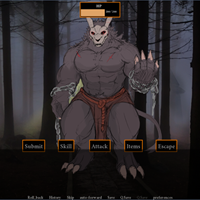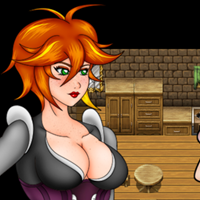This Stardew Valley guide focuses on honey production, a profitable artisan good often overlooked. Honey is easily cultivated and can generate significant income, whether you aim for a small-scale operation or a honey empire. This guide is updated for version 1.6.
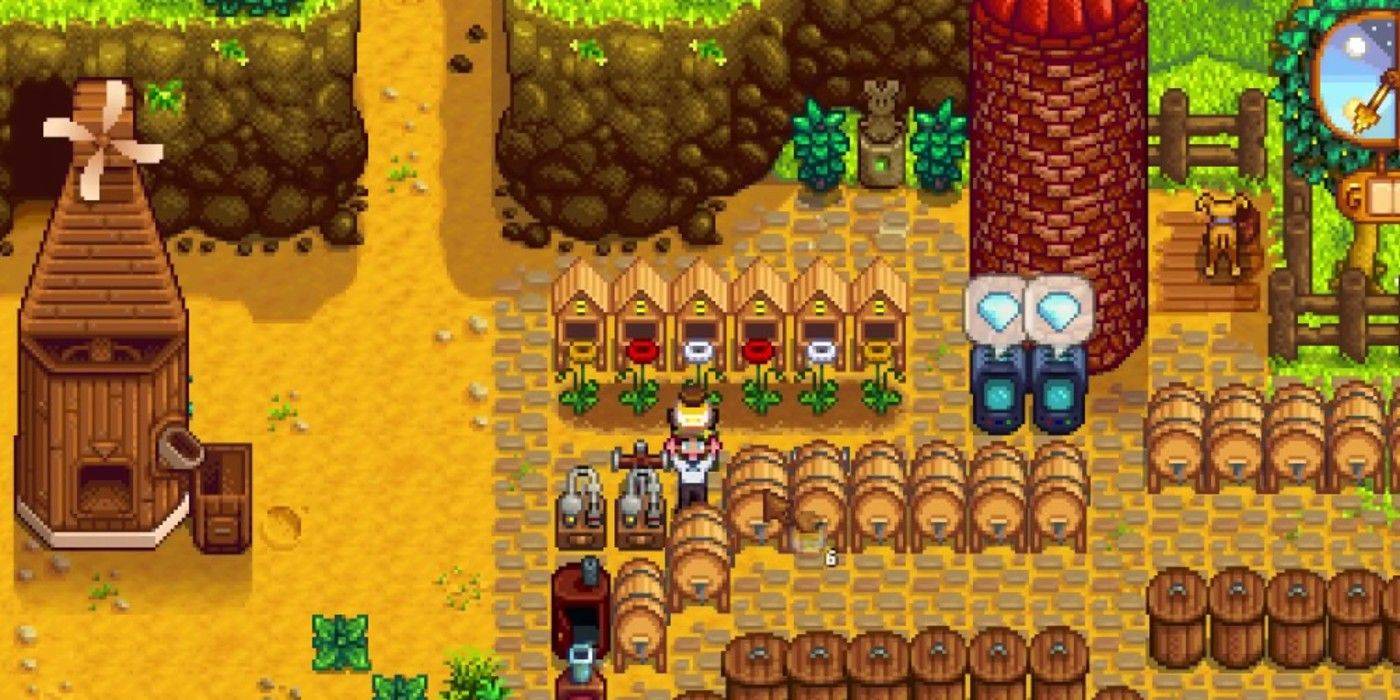
Bee House Construction:
Honey production requires a Bee House, unlocked at Farming Level 3. The recipe needs:
- 40 Wood
- 8 Coal
- 1 Iron Bar
- 1 Maple Syrup
Alternatively, obtain one from the Fall Crops Bundle (Community Center) or the Mayor's Prize Counter. Place the Bee House outdoors (not in the Greenhouse); it produces honey every 3-4 days (except Winter, year-round on Ginger Island). Harvesting with an axe or pickaxe drops the honey.
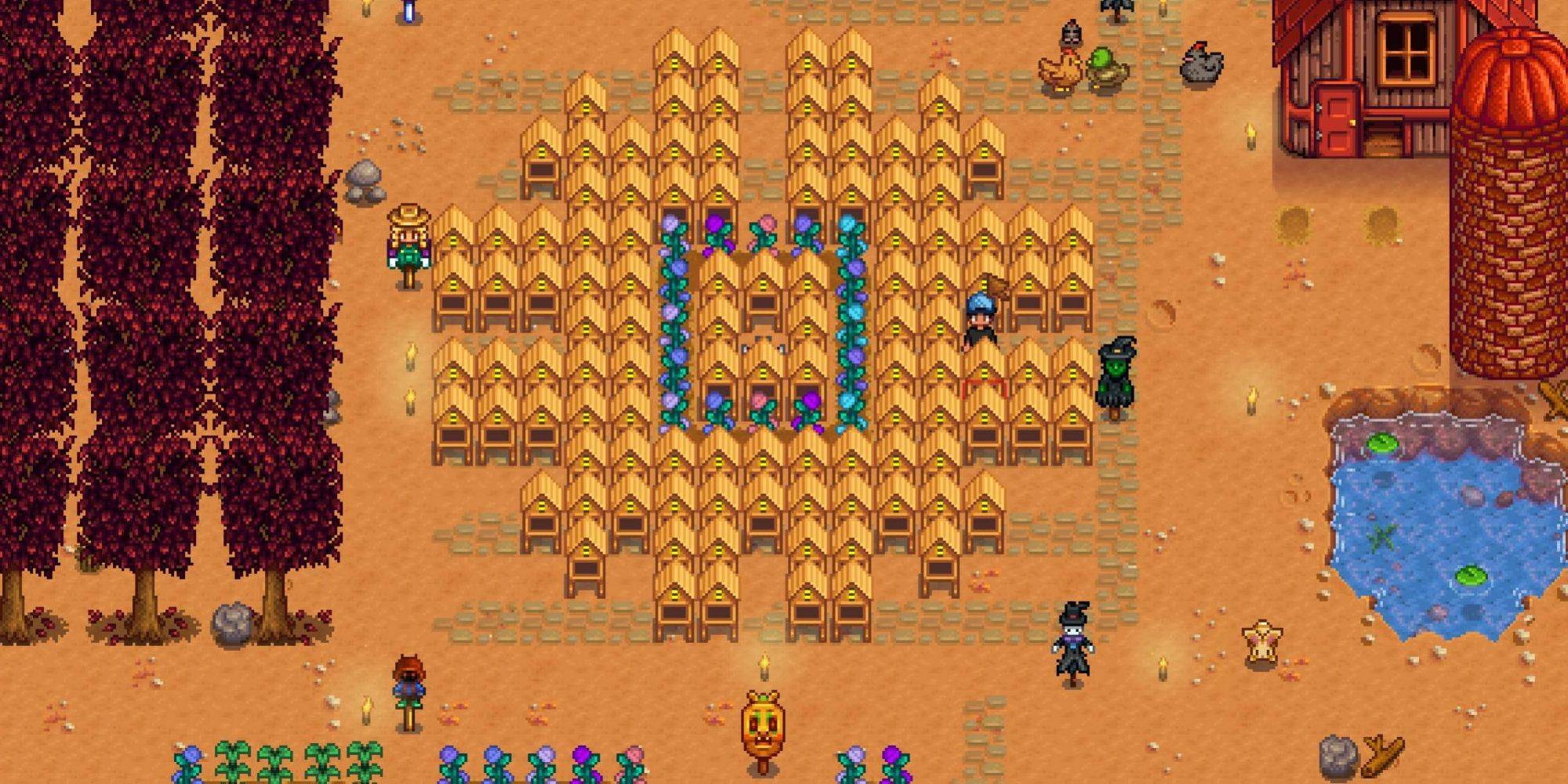
Flowers and Honey Types:
Without nearby flowers (within five tiles, including Garden Pots), the Bee House yields Wild Honey (100g, 140g with Artisan profession). Nearby flowers enhance honey type and value:
| Honey Type | Base Sell Price | Artisan Sell Price |
|---|---|---|
| Tulip | 160g | 224g |
| Blue Jazz | 200g | 280g |
| Sunflower | 260g | 364g |
| Summer Spangle | 280g | 392g |
| Poppy | 380g | 532g |
| Fairy Rose | 680g | 952g |
Harvesting flowers before honey collection reverts it to Wild Honey. Wild Seeds don't affect honey type.
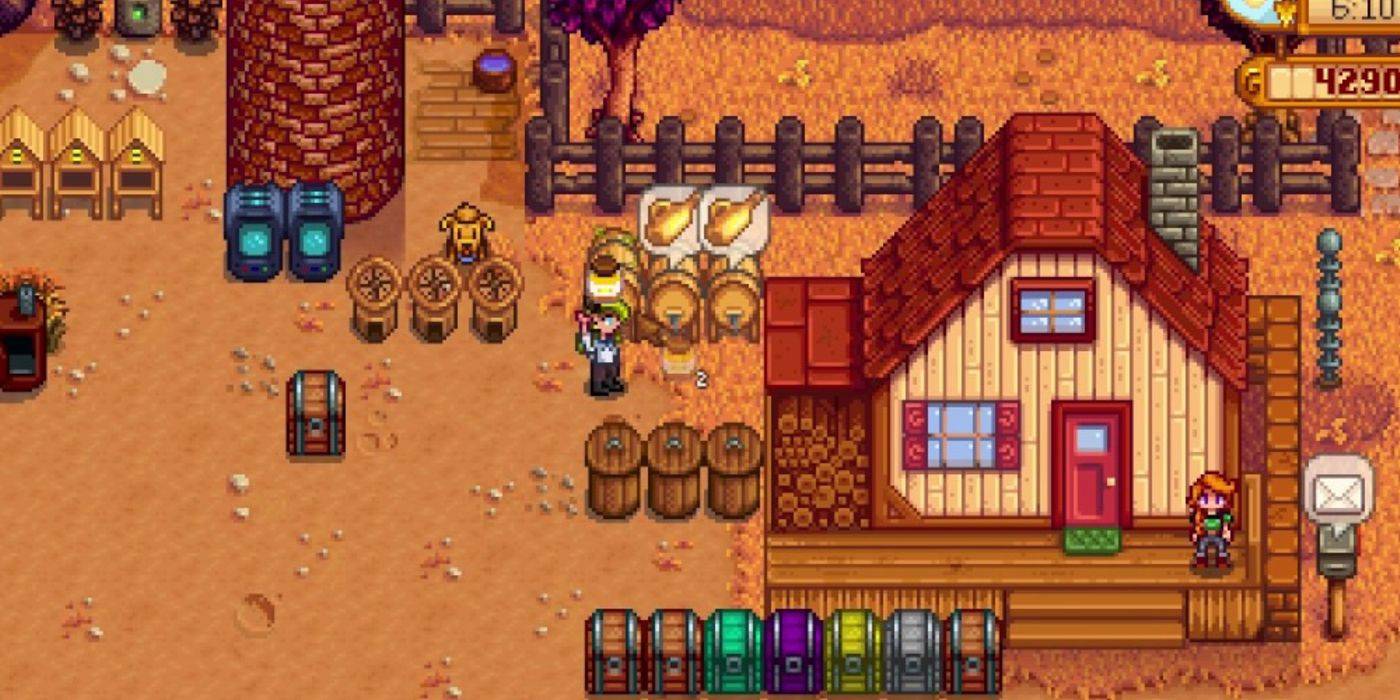
Honey Uses:
High-value honey is best sold directly. Wild Honey or cheaper varieties serve other purposes:
-
Mead: Place honey in a Keg to make Mead. Aging in a Cask improves quality and value:
- Normal: 200g (280g)
- Silver: 250g (350g)
- Gold: 300g (420g)
- Iridium: 400g (560g) Honey type doesn't affect Mead's value; use Wild Honey for maximum profit.
-
Crafting: Craft a Warp Totem: Farm (Farming Level 8) using honey, Hardwood, and Fiber.
-
Community Center: Complete the Artisan Bundle.
-
Gifting: Most villagers like Honey as a gift (except Maru and Sebastian). Mead is also well-received (avoid Penny, Sebastian, and children).
This comprehensive guide ensures you maximize your honey production and profits in Stardew Valley. Remember to consider the Artisan profession for increased returns!



